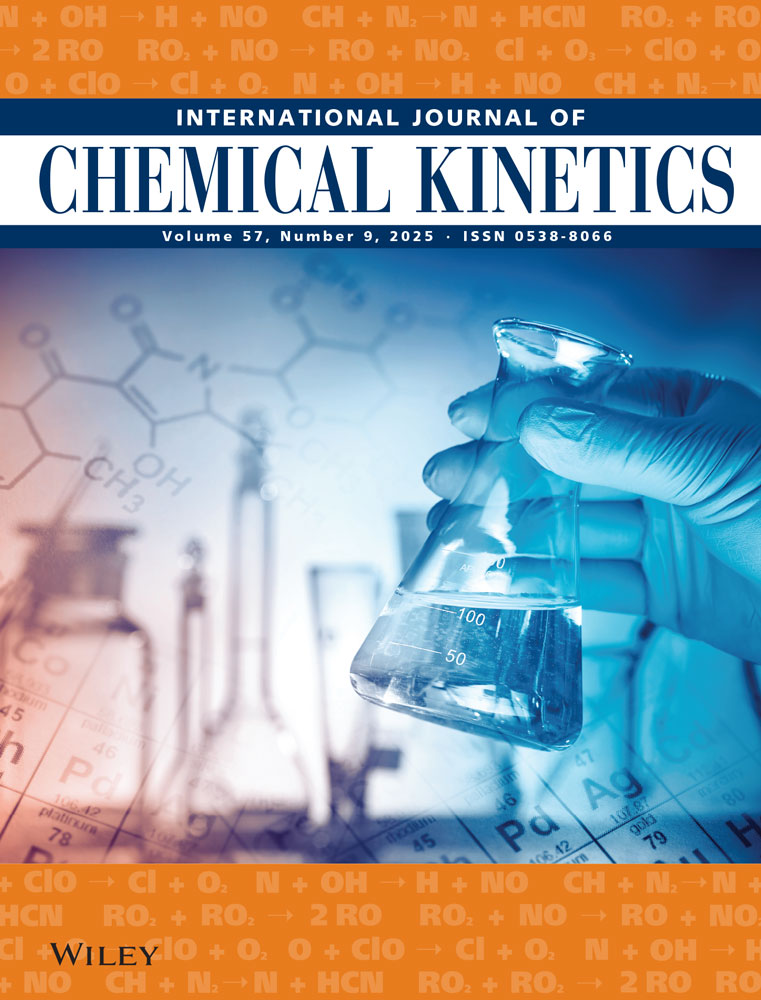Spectroscopy of hydrothermal reactions, 19: pH and salt dependence of decarboxylation of α-alanine at 280–330°C in an FT-IR spectroscopy flow reactor
Abstract
The spontaneous decarboxylation of 0.5 m aqueous α-alanine solutions as a function of pH (1–9 at 320°C, where neutrality is approximately 6) was determined with a flow reactor at 280–330°C and 275 bar by FT-IR spectroscopy. The kinetics for the cationic and anionic forms have not been previously reported. The rate constants for the cationic form [CH3(NH3+)CHCO2H], the anionic form [CH3(NH2)CHCO2−], and the zwitterion form [CH3(NH3+)CHCO2−] were obtained and followed the first-order rate law. The rate of decarboxylation of the zwitterion is three times greater than that of the cationic and anionic forms in the temperature and pH ranges of study. The corresponding Arrhenius parameters were determined and compared with previously reported data. The addition of KCl (1 and 2 m) at the natural pH of α-alanine resulted in a reduction of the decarboxylation rate, suggesting that the transition state is less polar than the zwitterion and/or that the activity of the zwitterion has been reduced. The α-alanine solution is therefore somewhat more robust in solutions of high ionic strength, such as seawater, than it is in pure water. © 2002 Wiley Periodicals, Inc. Int J Chem Kinet 34: 271–277, 2002




